Peanuts, or “mani” in Filipino, are a popular and versatile ingredient that is widely used in Filipino cuisine. Whether as a snack, a key component in dishes, or as a flavoring agent, the humble peanut plays a significant role in Filipino food culture. Let’s explore the various ways peanuts are incorporated into Filipino dishes and how they add depth of flavor and texture to these culinary creations. One of the most iconic Filipino dishes that prominently features peanuts is Kare-Kare. This rich and flavorful stew is made with a variety of vegetables, oxtail, and tripe, simmered in a thick peanut sauce. The peanuts lend a nutty and creamy dimension to the dish, balancing out the savory flavors of the meat and vegetables. The sauce is typically made by grinding roasted peanuts into a smooth paste, which is then combined with savory broth and aromatics to create a luscious sauce that coats each ingredient in a blanket of nuttiness. In addition to savory dishes, peanuts are also widely enjoyed as a snack in Filipino culture. Roasted peanuts, often sold by street vendors or in local markets, are a popular grab-and-go snack for many Filipinos. The peanuts are typically seasoned with salt or spices, adding a savory kick that enhances the nuttiness of the roasted legumes. These crunchy and flavorful peanuts are a satisfying snack that can be enjoyed on their own or paired with other ingredients like dried anchovies or rice cakes for a more substantial treat. Another beloved Filipino snack that features peanuts is “adobong mani” or garlic peanuts. This dish consists of fried peanuts that are sautéed with garlic, soy sauce, and a touch of sugar for a sweet-savory flavor profile.
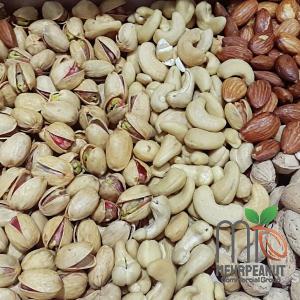
.
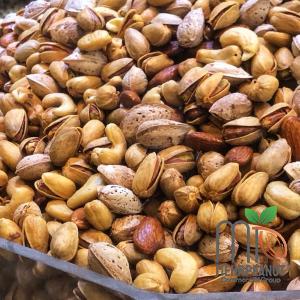 The garlic adds a fragrant aroma and depth of flavor to the peanuts, creating a snack that is both addictively crunchy and packed with umami goodness. Adobong mani is a favorite snack during gatherings, movie nights, or as a topping for traditional Filipino desserts like halo-halo. Peanuts are also a common ingredient in Filipino desserts, adding a unique nutty flavor and texture to sweet treats. One popular dessert that showcases peanuts is “buko salad,” a refreshing fruit salad made with young coconut, cream, and various fruits. Peanuts are often sprinkled on top of the salad to provide a crunchy contrast to the creamy and fruity components, adding a delightful nuttiness to each bite. The peanuts also help to balance out the sweetness of the dessert, creating a well-rounded and satisfying treat that is enjoyed by many Filipinos. In Filipino baking, peanuts are often incorporated into pastries and bread to add a nutty crunch and flavor. Peanut butter cookies, for example, are a classic treat that combines the rich and creamy taste of peanut butter with a buttery cookie base. The addition of chopped peanuts provides a textural contrast to the soft and chewy cookie, creating a delicious balance of flavors and textures. Peanut butter cakes, muffins, and bars are also popular baked goods that showcase the versatility of peanuts in Filipino desserts. Beyond their culinary uses, peanuts also hold cultural significance in Filipino traditions and celebrations. Peanuts are often included in traditional Filipino weddings as part of the “libre” or giveaway that symbolizes the couple’s gratitude to their guests. Roasted peanuts are typically presented in decorative packaging as a token of appreciation for attending the wedding festivities. Peanuts are also commonly used in Filipino fiestas and festivals as offerings to the deities or as ingredients in traditional dishes that are shared among community members. In conclusion, peanuts are a versatile and beloved ingredient in Filipino cuisine, adding a unique nutty flavor and texture to a wide range of dishes and snacks. From savory stews like Kare-Kare to sweet desserts like buko salad, peanuts play a crucial role in enhancing the depth of flavor and richness of Filipino culinary creations.
The garlic adds a fragrant aroma and depth of flavor to the peanuts, creating a snack that is both addictively crunchy and packed with umami goodness. Adobong mani is a favorite snack during gatherings, movie nights, or as a topping for traditional Filipino desserts like halo-halo. Peanuts are also a common ingredient in Filipino desserts, adding a unique nutty flavor and texture to sweet treats. One popular dessert that showcases peanuts is “buko salad,” a refreshing fruit salad made with young coconut, cream, and various fruits. Peanuts are often sprinkled on top of the salad to provide a crunchy contrast to the creamy and fruity components, adding a delightful nuttiness to each bite. The peanuts also help to balance out the sweetness of the dessert, creating a well-rounded and satisfying treat that is enjoyed by many Filipinos. In Filipino baking, peanuts are often incorporated into pastries and bread to add a nutty crunch and flavor. Peanut butter cookies, for example, are a classic treat that combines the rich and creamy taste of peanut butter with a buttery cookie base. The addition of chopped peanuts provides a textural contrast to the soft and chewy cookie, creating a delicious balance of flavors and textures. Peanut butter cakes, muffins, and bars are also popular baked goods that showcase the versatility of peanuts in Filipino desserts. Beyond their culinary uses, peanuts also hold cultural significance in Filipino traditions and celebrations. Peanuts are often included in traditional Filipino weddings as part of the “libre” or giveaway that symbolizes the couple’s gratitude to their guests. Roasted peanuts are typically presented in decorative packaging as a token of appreciation for attending the wedding festivities. Peanuts are also commonly used in Filipino fiestas and festivals as offerings to the deities or as ingredients in traditional dishes that are shared among community members. In conclusion, peanuts are a versatile and beloved ingredient in Filipino cuisine, adding a unique nutty flavor and texture to a wide range of dishes and snacks. From savory stews like Kare-Kare to sweet desserts like buko salad, peanuts play a crucial role in enhancing the depth of flavor and richness of Filipino culinary creations.
..
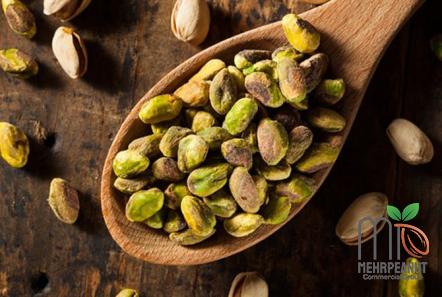 Whether enjoyed as a snack on its own or as a key ingredient in a dish, the peanut, or “mani,” holds a special place in Filipino food culture and is cherished by many for its delicious and comforting taste. Filipino cuisine is a testament to the rich and diverse flavors that make up the country’s culinary landscape. Peanuts, known as “mani” in Filipino, are a staple ingredient that adds a nutty richness and depth of flavor to many traditional dishes. From savory mains to sweet treats, peanuts are a versatile and beloved component in Filipino cooking that enhances the overall dining experience. One classic dish that showcases the versatility of peanuts is Pinakbet, a vegetable stew made with a medley of local vegetables like squash, eggplant, string beans, and bitter melon. Often cooked with pork, shrimp, or dried fish as flavoring agents, Pinakbet is then finished with a generous sprinkling of roasted peanuts to add a crunchy texture and nutty flavor to the dish. The peanuts complement the earthy and savory notes of the vegetables, creating a harmonious balance of flavors that is a favorite among many Filipino households. In the realm of street food, another popular snack that features peanuts is “fish ball” or “kikiam” sauce. This sweet and tangy sauce, made with ground peanuts, sugar, vinegar, and soy sauce, is a ubiquitous condiment that accompanies popular Filipino street foods like fish balls, squid balls, and kikiam. The addition of peanuts to the sauce lends a creamy and nutty undertone that enhances the overall flavor of the street snacks, making them a flavorful and satisfying treat for those looking for a quick and delicious bite on the go. Peanuts are also a key ingredient in Filipino noodle dishes like Pancit Palabok and Pancit Malabon. These flavorful noodle dishes are topped with a rich and savory sauce made with ground peanuts, shrimp, garlic, and annatto seeds, creating a creamy and nutty topping that ties all the flavors together.
Whether enjoyed as a snack on its own or as a key ingredient in a dish, the peanut, or “mani,” holds a special place in Filipino food culture and is cherished by many for its delicious and comforting taste. Filipino cuisine is a testament to the rich and diverse flavors that make up the country’s culinary landscape. Peanuts, known as “mani” in Filipino, are a staple ingredient that adds a nutty richness and depth of flavor to many traditional dishes. From savory mains to sweet treats, peanuts are a versatile and beloved component in Filipino cooking that enhances the overall dining experience. One classic dish that showcases the versatility of peanuts is Pinakbet, a vegetable stew made with a medley of local vegetables like squash, eggplant, string beans, and bitter melon. Often cooked with pork, shrimp, or dried fish as flavoring agents, Pinakbet is then finished with a generous sprinkling of roasted peanuts to add a crunchy texture and nutty flavor to the dish. The peanuts complement the earthy and savory notes of the vegetables, creating a harmonious balance of flavors that is a favorite among many Filipino households. In the realm of street food, another popular snack that features peanuts is “fish ball” or “kikiam” sauce. This sweet and tangy sauce, made with ground peanuts, sugar, vinegar, and soy sauce, is a ubiquitous condiment that accompanies popular Filipino street foods like fish balls, squid balls, and kikiam. The addition of peanuts to the sauce lends a creamy and nutty undertone that enhances the overall flavor of the street snacks, making them a flavorful and satisfying treat for those looking for a quick and delicious bite on the go. Peanuts are also a key ingredient in Filipino noodle dishes like Pancit Palabok and Pancit Malabon. These flavorful noodle dishes are topped with a rich and savory sauce made with ground peanuts, shrimp, garlic, and annatto seeds, creating a creamy and nutty topping that ties all the flavors together.
…
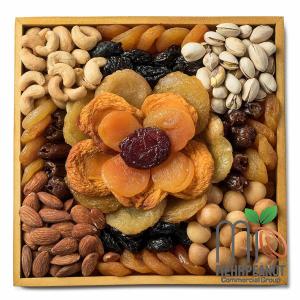 The addition of peanuts adds a luxurious and indulgent element to the dish, making it a popular choice for special occasions and celebrations in Filipino culture. In Filipino desserts, peanuts are often used to create a delightful contrast of flavors and textures in sweet treats like Turon. Turon is a popular snack made with ripe bananas and jackfruit wrapped in spring roll wrappers, then deep-fried until golden and crispy. To elevate the flavor profile, Turon is often sprinkled with sugar and crushed peanuts before serving, adding a crunchy and nutty element to the sweet and caramelized bananas. The combination of textures and flavors in Turon makes it a beloved dessert that is enjoyed by both young and old alike. Peanuts are also a common ingredient in Filipino ice creams and frozen treats, adding a delightful nutty flavor and crunch to creamy desserts. Peanut butter ice cream, for example, is a decadent and indulgent treat that combines the smooth and creamy texture of ice cream with the rich and nutty taste of peanut butter. Chopped peanuts are often folded into the ice cream base to add a crunchy and satisfying texture, creating a dessert that is both creamy and crunchy in each spoonful. In Filipino bakeries, peanuts are a popular choice for filling and topping bread and pastry creations. Ensaymada, a sweet and buttery bread roll topped with sugar and cheese, is often filled with a sweet peanut butter spread that adds a nutty richness to each bite. Peanut-topped hopia, a flaky pastry filled with sweet mung bean paste, is a beloved snack that combines the buttery pastry with the crunchy texture of roasted peanuts, creating a delightful contrast of flavors and textures in each bite. Overall, peanuts play a significant role in Filipino cuisine, adding a nutty depth of flavor and texture to a wide range of dishes and snacks. Whether used in savory stews like Pinakbet, sweet treats like Turon, or condiments like fish ball sauce, peanuts are a versatile and beloved ingredient that enhances the overall dining experience. With their rich and nutty taste, peanuts continue to be a cherished and essential component in Filipino food culture, bringing joy and comfort to those who enjoy these flavorful creations.
The addition of peanuts adds a luxurious and indulgent element to the dish, making it a popular choice for special occasions and celebrations in Filipino culture. In Filipino desserts, peanuts are often used to create a delightful contrast of flavors and textures in sweet treats like Turon. Turon is a popular snack made with ripe bananas and jackfruit wrapped in spring roll wrappers, then deep-fried until golden and crispy. To elevate the flavor profile, Turon is often sprinkled with sugar and crushed peanuts before serving, adding a crunchy and nutty element to the sweet and caramelized bananas. The combination of textures and flavors in Turon makes it a beloved dessert that is enjoyed by both young and old alike. Peanuts are also a common ingredient in Filipino ice creams and frozen treats, adding a delightful nutty flavor and crunch to creamy desserts. Peanut butter ice cream, for example, is a decadent and indulgent treat that combines the smooth and creamy texture of ice cream with the rich and nutty taste of peanut butter. Chopped peanuts are often folded into the ice cream base to add a crunchy and satisfying texture, creating a dessert that is both creamy and crunchy in each spoonful. In Filipino bakeries, peanuts are a popular choice for filling and topping bread and pastry creations. Ensaymada, a sweet and buttery bread roll topped with sugar and cheese, is often filled with a sweet peanut butter spread that adds a nutty richness to each bite. Peanut-topped hopia, a flaky pastry filled with sweet mung bean paste, is a beloved snack that combines the buttery pastry with the crunchy texture of roasted peanuts, creating a delightful contrast of flavors and textures in each bite. Overall, peanuts play a significant role in Filipino cuisine, adding a nutty depth of flavor and texture to a wide range of dishes and snacks. Whether used in savory stews like Pinakbet, sweet treats like Turon, or condiments like fish ball sauce, peanuts are a versatile and beloved ingredient that enhances the overall dining experience. With their rich and nutty taste, peanuts continue to be a cherished and essential component in Filipino food culture, bringing joy and comfort to those who enjoy these flavorful creations.
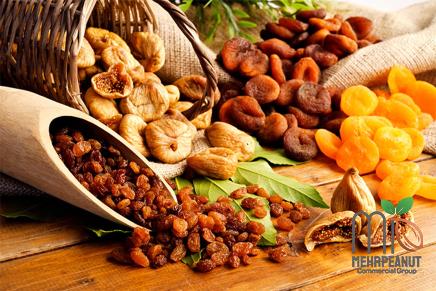
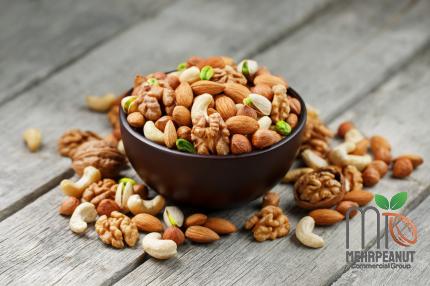
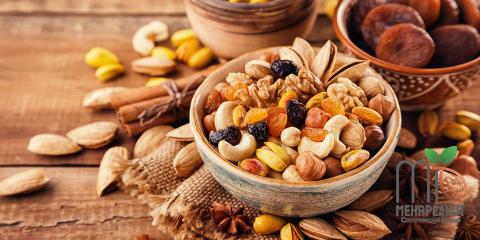
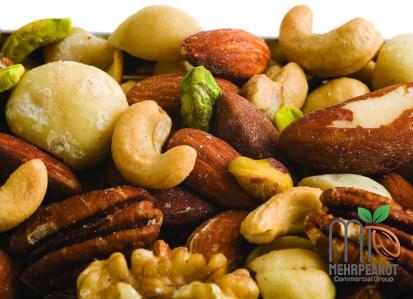
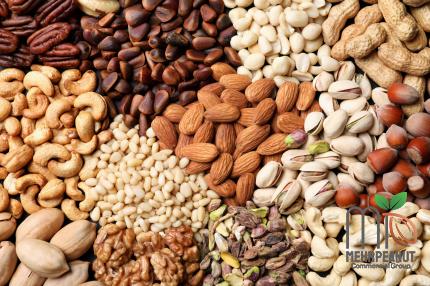
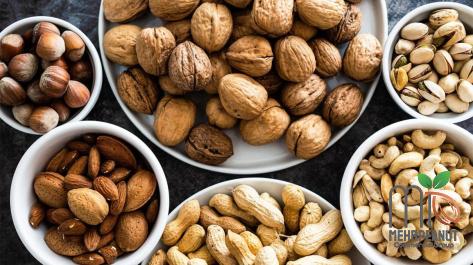
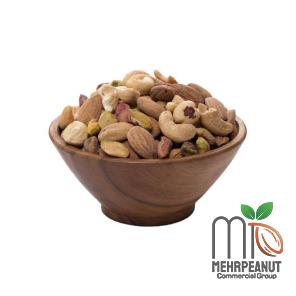
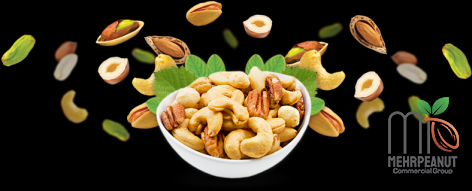
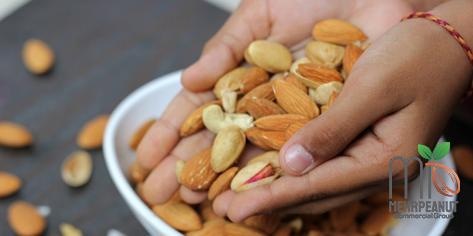
Your comment submitted.